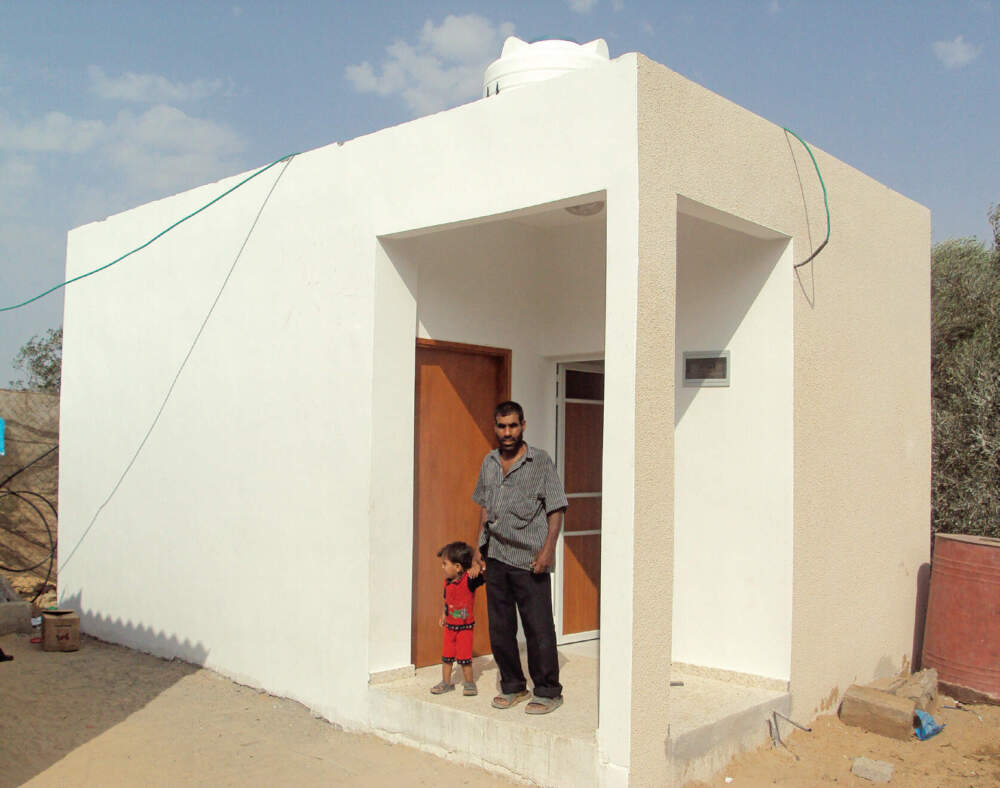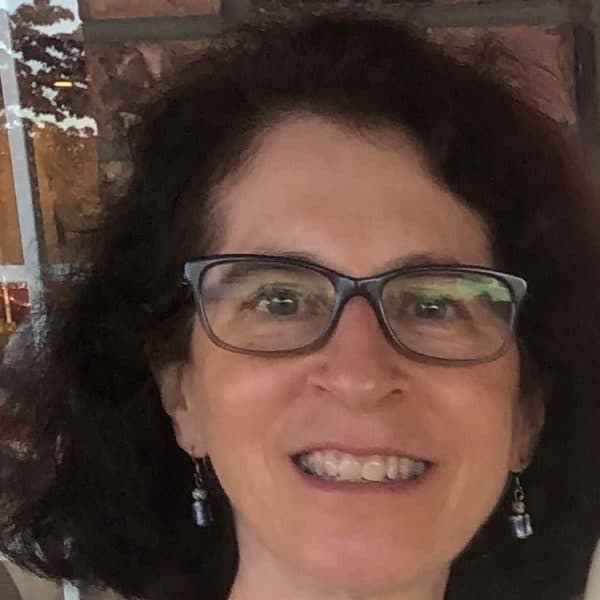Advertisement
'Open Gaza' book brings together architects, environmentalists and more on rebuilding Gaza
Resume
With Gaza still under heavy fire and much of the strip reduced to rubble, it may seem premature to ask how Gaza will be rebuilt. But architects, social scientists and others have long asked how Gazans can reclaim dignity and agency through the spaces they live in.
The 2021 book "Open Gaza” brings together environmentalists, planners and scholars from Israel, Gaza, the West Bank, the U.S., the UK, India and beyond to share their visions — some fanciful, many practical — to create a better place for Gazans and Palestinians.
“Open Gaza” focuses on architecture and design rather than rebuilding efforts, which have received billions of dollars in funding in the past. The book was edited by the late urban critic Michael Sorkin and geographer Deen Shariff Sharp, a visiting fellow at the London School of Economics and co-director of Terreform, Center for Advanced Urban Research.
“What if there was a context politically feasible to achieve in which Gazans were allowed to thrive, dream, and achieve their goals like any other urban context?” Shariff Sharp says.

Book excerpt: 'Open Gaza'
Edited by Michael Sorkin and Deen Sharp
Introduction
At the Fun Time beach caf. located on the Khan Younis seafront in Gaza, a small group of Palestinian men were watching the 2014 World Cup semifinal between the Netherlands and Argentina. Bilal al-Astal and the soccer fans gathered with him were not given the chance to find out which team would proceed to the global spectacle of the World Cup final. As al-Astal stated in his testimony to the Israeli NGO B’Tselem:
We watched the first half of
the match together. We drank
tea and coffee and there was
a relaxed mood. We didn’t hear
any airplanes nearby. Suddenly,
there was a loud explosion. By
the time I realized what was
happening, I found myself buried
under a pile of sand and dirt.
Such is the nature of daily life for Gazans: a schizophrenic rift between simple enjoyments that are routine for most of us and sudden eruptions of lethal violence from above. Urbanity instantaneously turns to terror. The Gaza Strip is one of the most beleaguered environments on earth. Crammed into a space of 139 square miles (360 square kilometers), 1.8 million people live under siege in conditions that continue to plummet to ever more unimaginable depths of degradation and despair. In 2014, Operation Protective Edge (OPE), the third major Israeli assault on Gaza in six years, brought destruction on a scale that shocked both residents and long-time observers. As Sara Roy, who has worked for over thirty years on and in Gaza, wrote shortly after the end of OPE: “I can say without hesitation that I have neverseen the kind of human, physical, and psychological destruction that I see there today.” OPE only accelerated the conclusions of an infamous UN report published in 2012 that questioned whether Gaza would still be a “livable place” by 2020.
The violence unleashed by Israel during OPE provided the impetus for Terreform to think about the sorts of productive interventions that might result from bringing together an eclectic group of designers, environmentalists, planners, activists, and scholars—from Palestine and Israel, the US, the UK, India, and elsewhere. Our aim was not simply to denounce or “deconstruct” the literal deconstruction of Gaza by remorseless bombing and blockade, but to imagine and celebrate the spaces of steadfastness and even hope. As firm believers in the “right to the city,” we approach Gaza not for its scenographic horror but always as authentically urban, in defense of what we see as a critical avenue of resistance: imagining a better place for its citizens, one in which gathering in a café or taking a dip in the sea no longer brings the constant threat of sudden death.
We are not Panglossian, naively optimistic, and this volume firmly rejects the immiserization of Gazans. It does so by insisting on the particularity of alternatives, by seeing Gazans as people filled with aspiration, not as statistics—subjects to be destroyed—or the numbed inhabitants of a completely bare life. Gaza and Palestine are more than occupied territories under siege, and existence there is not defined solely by Israeli domination. The projects and essays in this volume engage Gaza beyond the malign logic of bombing and blockade. They consider how life could be improved in Gaza within the limitations imposed by Israeli malevolence but also reach beyond this framework of endless war to imagine Gaza in a future without conflict.
While the Israeli siege aspires to control the minutest details of Gazans’ everyday lives, down to the toothpaste they can or cannot use, the people of Gaza still dream, fantasize, and live in ways that lie outside the coercive and seemingly overwhelming logics of the Israel- Palestine conflict. As Atef Abu Saif writes in his diary, even in the context of a mere twelve-hour truce during OPE, city life quickly returned to the streets and people went about their daily lives: “People in their thousands on the street, buying food, moving from one place to another; the shops open, kids playing in the streets. It is a city that has poured itself out into a few moments of peace.”
The cover of this book articulates our intent, as editors, to both illuminate the Israeli siege and thwart its imposed logic. It shows a member of the Parkour group in Gaza founded by Mohammed Aljakhabir and Ahmad Matar in 2007 in the Khan Younis refugee camp. Parkour has provided an important set of practices through which Gazan youth can escape the oppression of the occupation. Parkour is, Matar has said, “the only thing that I could do, and the only thing that helped me to keep hope that the future is coming, and that something will happen for me . . . For us in Gaza, we practiced Parkour to feel our freedom. Because it’s the sport that we can fly, we can jump over the obstacles, there is nothing [that] can stop us.” Open Gaza illuminates the incredible energy and ingenuity of the inhabitants of Gaza that is being so brutally stultified by the Israeli occupation. But it is also important to stress that both Aljakhabir and Matar have escaped the occupation, with many other members of the Parkour movement, by leaving Gaza. The cover of this book also marks the simultaneous presence of hope and its absence, or what the Palestinian poet Mahmoud Darwish called the “presence of absence.”
Open Gaza reassembles many members of a cohort that contributed to two earlier volumes: The Next Jerusalem: Sharing the Divided City (2002) and Against the Wall (2005). Although these books track a rapid descent from the myopic optimism that followed the Oslo agreement to the agenda of repression and apartheid concealed behind its false promise, both— like the present volume—engage authors from inside the space of conflict and from outside. These assemblies of Palestinians, Israelis, and “others” have sought to upend the representation of Palestinians, so often obscured through the lenses of colonialism and its attendant Orientalism. These books offered not simply a riposte to mainstream depictions and analysis, but also progressive visions of a shared and open future for Palestinians and Israelis.
Copyright © 2021 Terreform. This edition is co-published by the American University in Cairo Press and Terreform.
This segment aired on January 1, 2024.

